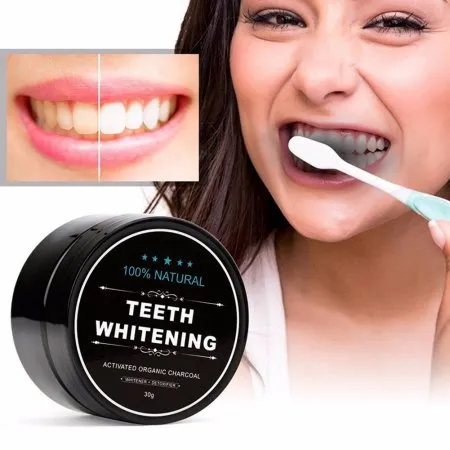What is Activated Charcoal
Activated charcoal has become a popular remedy for teeth whitening, but what exactly is it? Unlike the charcoal you use for grilling, activated charcoal is a fine, black powder made from various materials like coconut shells, wood, or peat. These materials are heated to very high temperatures and then “activated” with steam or other agents, creating a porous surface. This porous structure is key to its effectiveness, as it allows the charcoal to trap and absorb substances, including stains and impurities. This makes activated charcoal a potentially effective tool for teeth whitening and oral hygiene. This absorbent property is why it’s used in various applications, from water filters to emergency treatments for poisonings.
How Activated Charcoal Works for Teeth Whitening
The primary mechanism by which activated charcoal whitens teeth is through its adsorption properties. The porous surface of the charcoal attracts and binds to stain molecules on the surface of your teeth. These stains can be caused by various factors, including coffee, tea, wine, and tobacco. When you brush with activated charcoal, it helps to lift these stains, revealing a brighter and whiter smile. While activated charcoal can be effective at removing surface stains, it doesn’t chemically change the color of your teeth. It’s important to understand this, as it may not produce the same dramatic results as professional teeth whitening treatments. The effectiveness also varies depending on the type and severity of stains, as well as the individual’s tooth enamel.
Choosing the Right Activated Charcoal Product
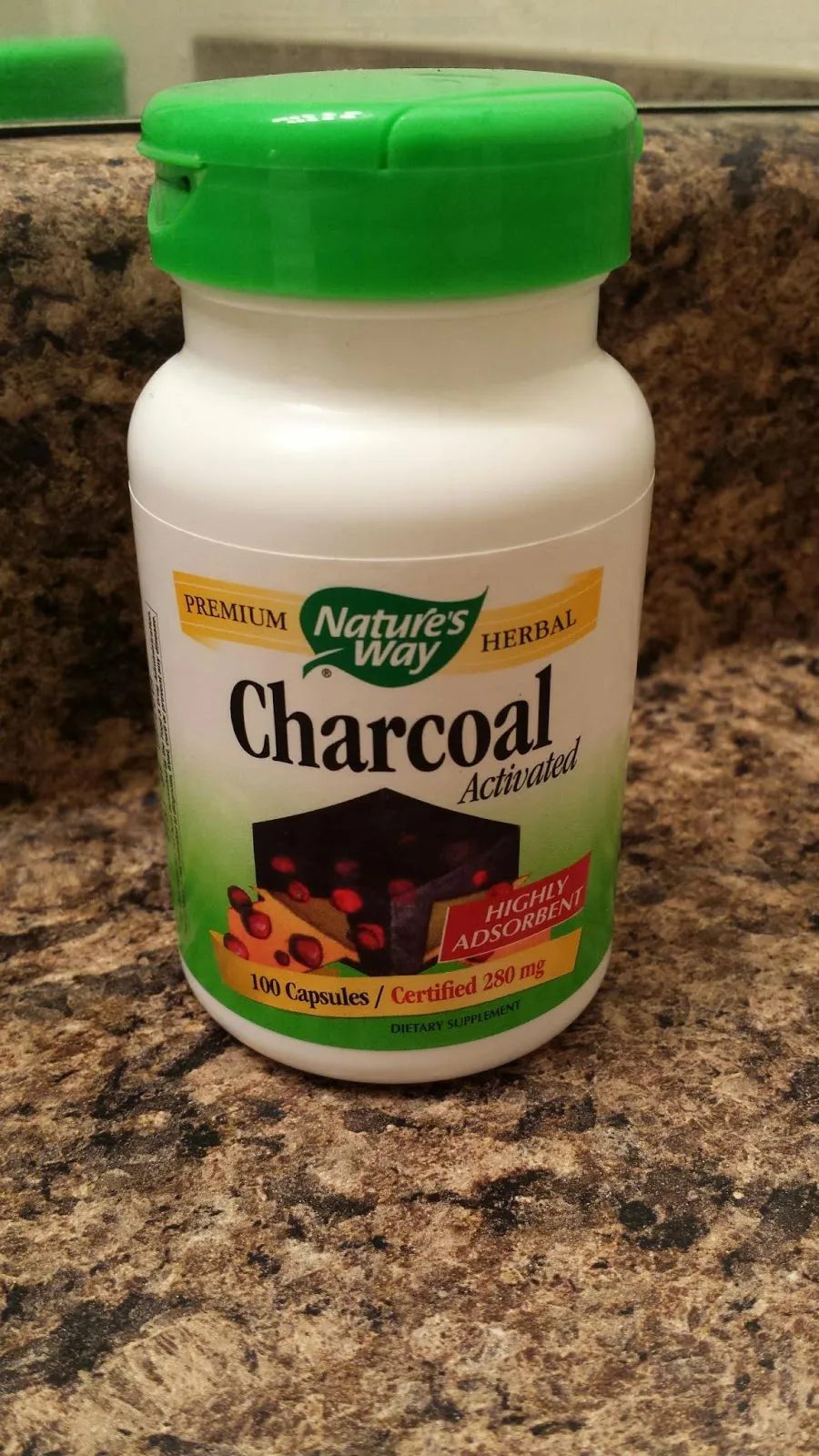
When selecting an activated charcoal product for teeth whitening, several factors are important to consider. Firstly, make sure you choose a product specifically designed for dental use. Look for products that are food-grade and free from additives, artificial sweeteners, and harsh chemicals. Read the product label carefully to understand its ingredients. Secondly, consider the form of the product. Activated charcoal is available in various forms, including powder and toothpaste. Powdered activated charcoal offers more direct contact with your teeth, but it can be messier to use, while toothpaste is more convenient. Lastly, research the brand. Opt for reputable brands with positive reviews. Checking the product’s safety and efficacy through reviews from other users can assist in determining the right choice for your needs.
Types of Activated Charcoal
Powder
Activated charcoal powder is the most common and direct way to use charcoal for teeth whitening. It is typically finely ground and comes in a jar or container. When using the powder, you dip your toothbrush into the charcoal and brush your teeth. The powder’s abrasive nature can effectively remove surface stains. However, it can be messy and requires careful handling to avoid staining your sink and other surfaces. The powder can be mixed with water to create a paste-like consistency, making it easier to apply and distribute evenly across your teeth. It’s crucial to rinse your mouth thoroughly after brushing to remove any residual charcoal particles.
Toothpaste
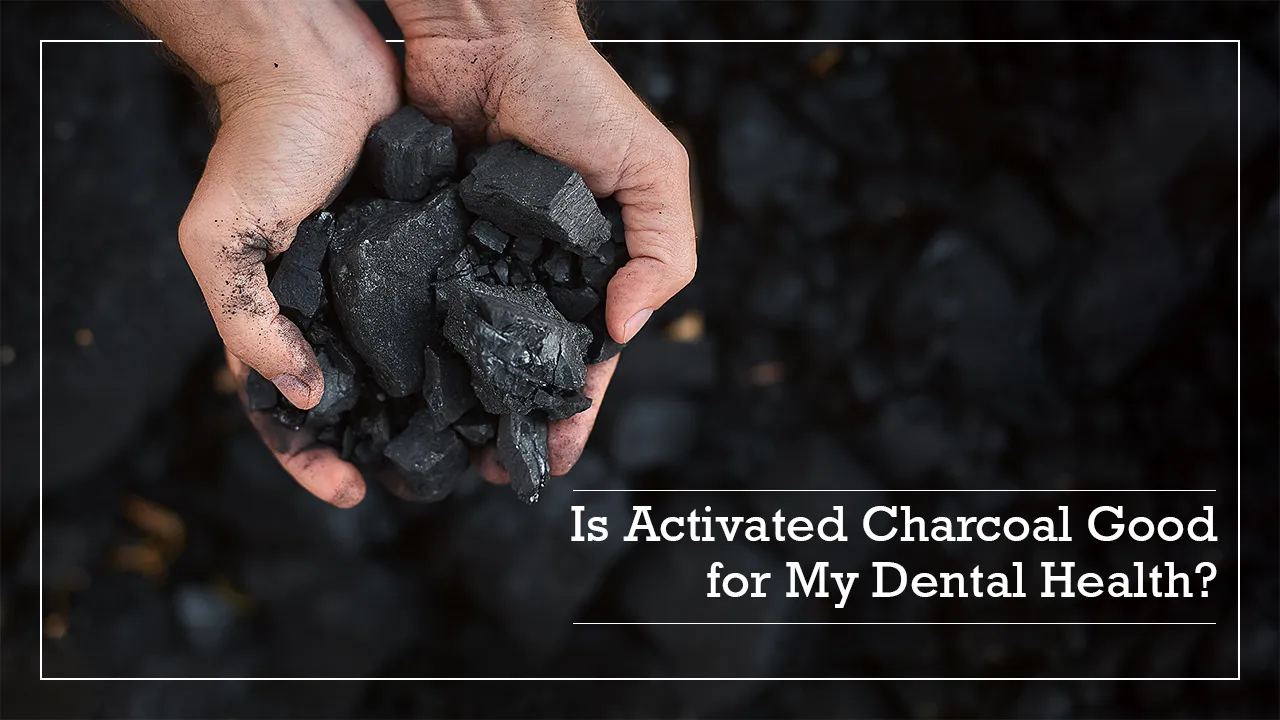
Activated charcoal toothpaste offers a more convenient and cleaner option for incorporating charcoal into your oral hygiene routine. These toothpastes usually contain activated charcoal along with other ingredients like fluoride, which is essential for protecting tooth enamel. The toothpaste form makes it easier to apply and less messy than the powder. However, the concentration of activated charcoal in toothpaste may be lower than in the powder form, potentially affecting its whitening power. Selecting a toothpaste with a good balance of charcoal and other beneficial ingredients, such as fluoride, is advisable for optimizing both whitening and overall dental health. Using these types of toothpastes can simplify and integrate the use of activated charcoal into your daily dental routine, making it a convenient option.
Brushing Your Teeth with Activated Charcoal
Step-by-Step Guide
Brushing with activated charcoal involves a few steps to ensure effectiveness and safety. Firstly, wet your toothbrush and dip it into the activated charcoal powder or apply the charcoal toothpaste. Secondly, gently brush your teeth for about two minutes using small, circular motions. Ensure you cover all surfaces of your teeth. Thirdly, rinse your mouth thoroughly with water until all traces of the charcoal are removed, then brush your teeth again with regular toothpaste to remove any residual charcoal particles and ensure your mouth is clean and fresh. Finally, clean your sink and surrounding areas immediately, as the charcoal can stain surfaces. Consistency is key, so consider including this in your daily routine, but monitor the effects and adjust the frequency according to your needs and any potential sensitivity you experience.
Tips for Effective Brushing
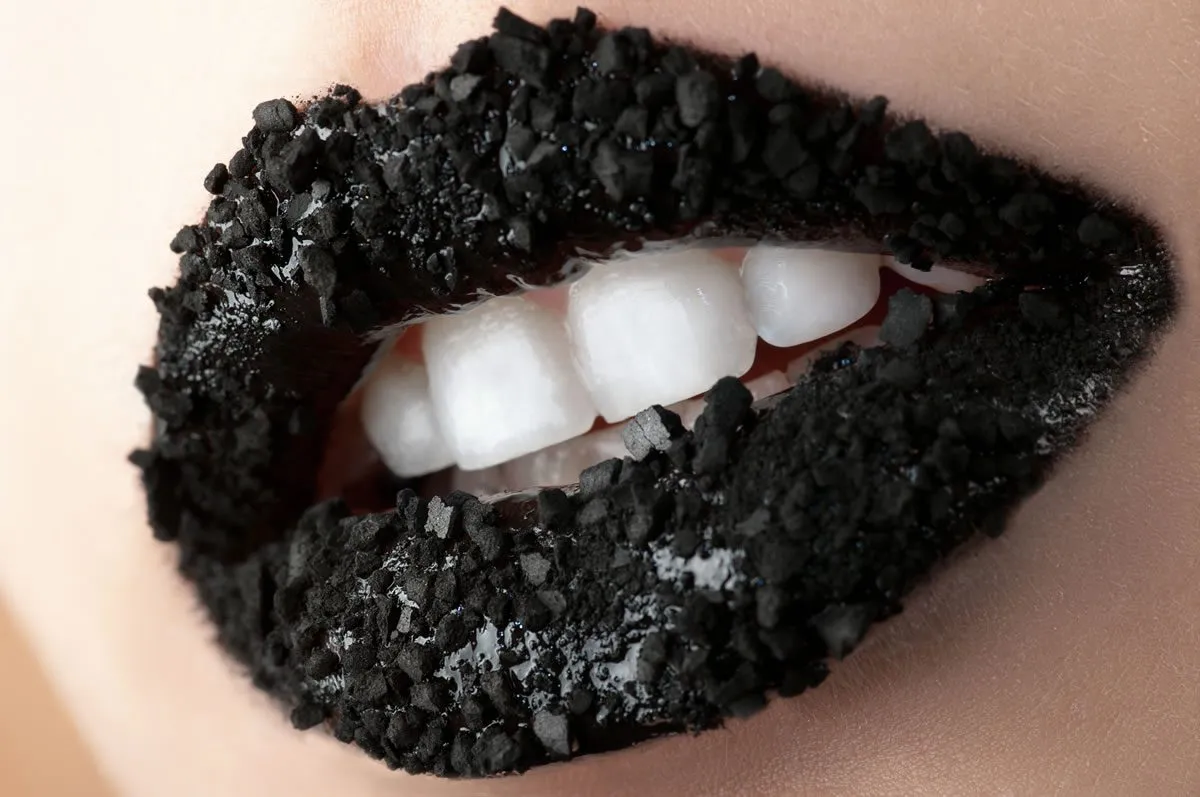
For effective brushing with activated charcoal, use gentle strokes to avoid abrasive damage to your enamel. Brush for the recommended two minutes, ensuring that you reach all areas of your mouth. Focus on the areas that are prone to staining. Be patient and consistent with your routine, as it may take some time to see noticeable results. If using powder, hold the container close to your mouth to minimize mess, and be prepared for the black residue. Combine your activated charcoal brushing with regular flossing and a balanced diet to enhance your oral health. The best approach combines all these strategies for optimal teeth whitening and overall dental hygiene. Regular dental check-ups are also recommended.
Potential Benefits of Activated Charcoal for Teeth
Whitening
One of the main benefits of activated charcoal is its potential for whitening teeth. The abrasive nature of the charcoal helps remove surface stains caused by coffee, tea, and other foods. This can lead to a brighter and more radiant smile. Activated charcoal is a natural alternative to chemical whitening treatments and may be preferable for individuals looking for natural remedies. The degree of whitening can vary, and the results depend on the type and severity of stains. While activated charcoal may not provide the same intense whitening as professional treatments, it is often effective in removing milder stains and enhancing the natural whiteness of your teeth. Regular use, combined with good oral hygiene, can help maintain a brighter smile over time.
Removing Stains
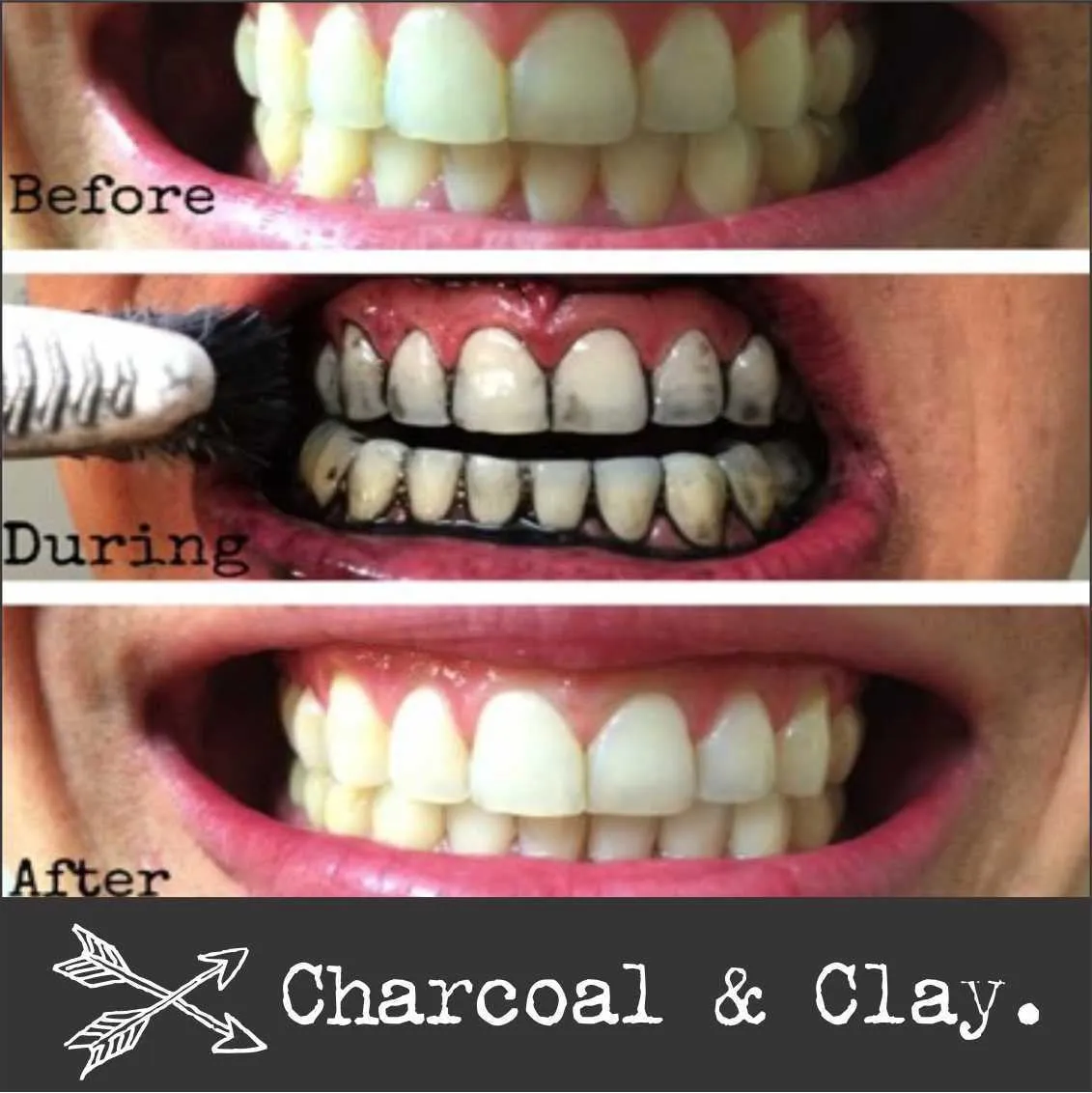
Activated charcoal effectively removes stains from the surface of your teeth. It adsorbs stain particles, lifting them away from the enamel and reducing discoloration. This stain removal action can improve the overall appearance of your teeth and boost your confidence. The charcoal is particularly effective against stains from coffee, tea, wine, and tobacco products, which are common culprits for tooth discoloration. Using activated charcoal to remove these stains helps to restore the natural color of your teeth, leaving them looking cleaner and brighter. Regular use can prevent stain buildup, keeping your teeth looking their best. Remember that the effectiveness of stain removal depends on the type and source of the stain.
Fresh Breath
Activated charcoal can also contribute to fresher breath. The charcoal adsorbs bacteria and other odor-causing compounds in your mouth, helping to neutralize bad breath. This can result in a cleaner and more pleasant feeling. The porous structure of the charcoal traps volatile sulfur compounds, which are major contributors to halitosis. By reducing these compounds, activated charcoal can improve your breath quality and boost your oral hygiene. Using activated charcoal in your daily routine can promote a healthier and fresher mouth environment, enhancing your overall oral health and social confidence.
Potential Risks and Side Effects
Tooth Sensitivity
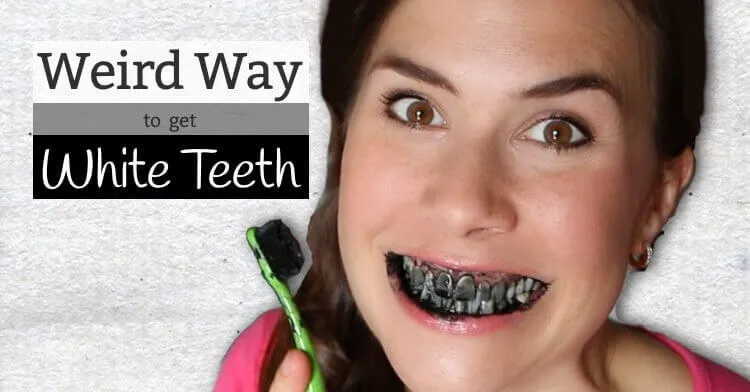
One potential side effect of using activated charcoal is increased tooth sensitivity. The abrasive nature of charcoal can wear down the enamel over time, exposing the underlying dentin, which contains nerve endings. This can lead to heightened sensitivity to hot or cold foods and drinks. Individuals with existing sensitivity should be particularly cautious when using activated charcoal. To mitigate this risk, use gentle brushing techniques and avoid applying excessive pressure. Consider alternating charcoal brushing with regular toothpaste containing fluoride to strengthen the enamel. If sensitivity develops, reduce the frequency of charcoal use or consult a dentist to assess your oral health.
Enamel Erosion
Enamel erosion is another potential risk associated with using activated charcoal. Over time, the abrasive nature of the charcoal can erode the enamel, leading to thinning and an increased risk of cavities. Enamel erosion can also make your teeth more susceptible to staining and sensitivity. To minimize this risk, use soft-bristled toothbrushes, and apply only light pressure when brushing with charcoal. Avoid using it excessively, and make sure to brush with fluoride toothpaste after using charcoal to help remineralize your enamel. Regular dental checkups are crucial to monitor for any signs of enamel erosion and ensure your oral health is maintained.
Alternatives to Activated Charcoal for Teeth Whitening
If you’re looking for alternatives to activated charcoal for teeth whitening, several options can be explored. One popular alternative is using whitening toothpaste containing hydrogen peroxide or other bleaching agents. These toothpastes can effectively remove stains and brighten your smile. Another option is professional teeth whitening treatments offered by dentists, which involve stronger bleaching agents and can provide more dramatic results. Natural alternatives include oil pulling with coconut oil, which may help reduce bacteria and promote oral health, although its whitening effects are limited. Consider using whitening strips or trays that you can use at home. The best option depends on your specific needs, preferences, and the advice of your dentist. Always consult a dental professional before starting any whitening treatment to ensure it’s safe for your teeth.
